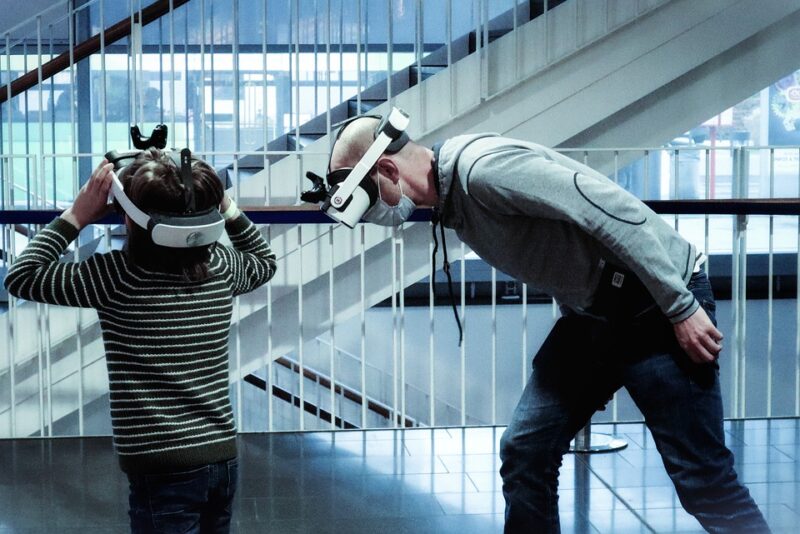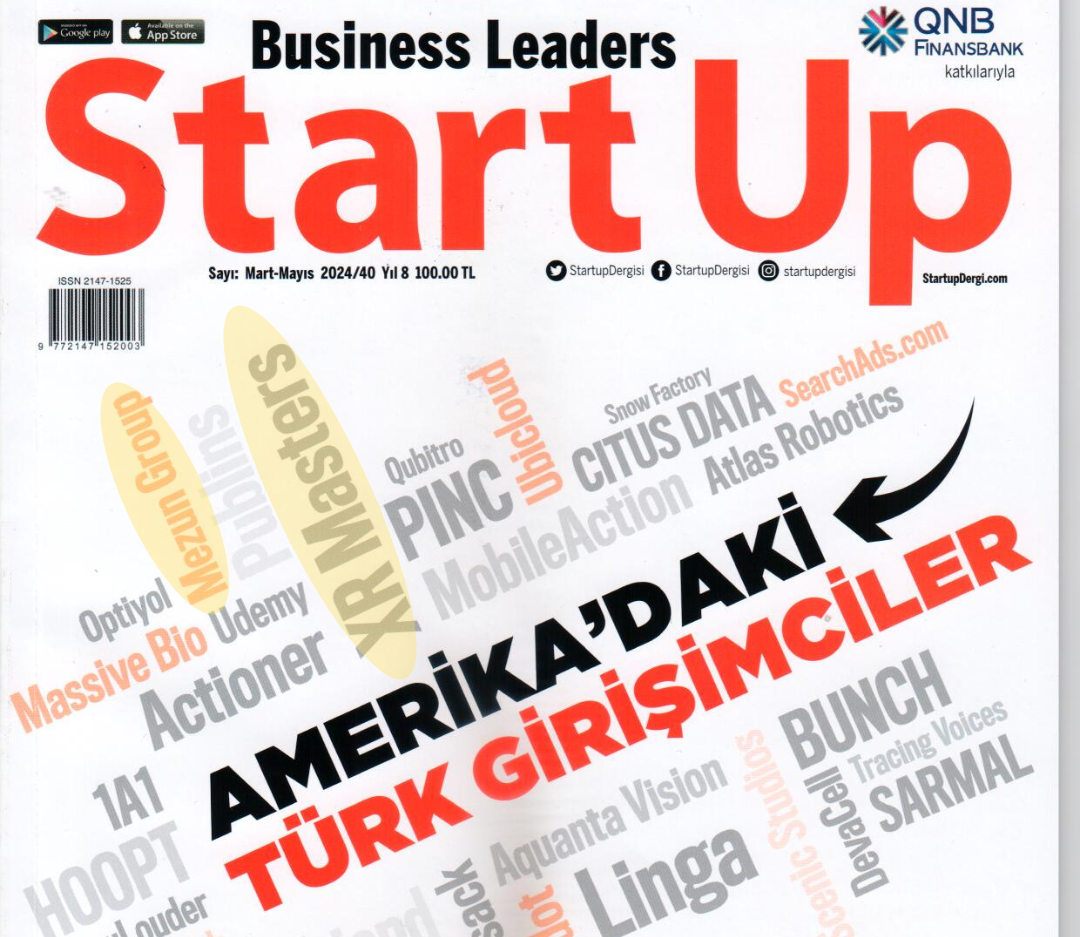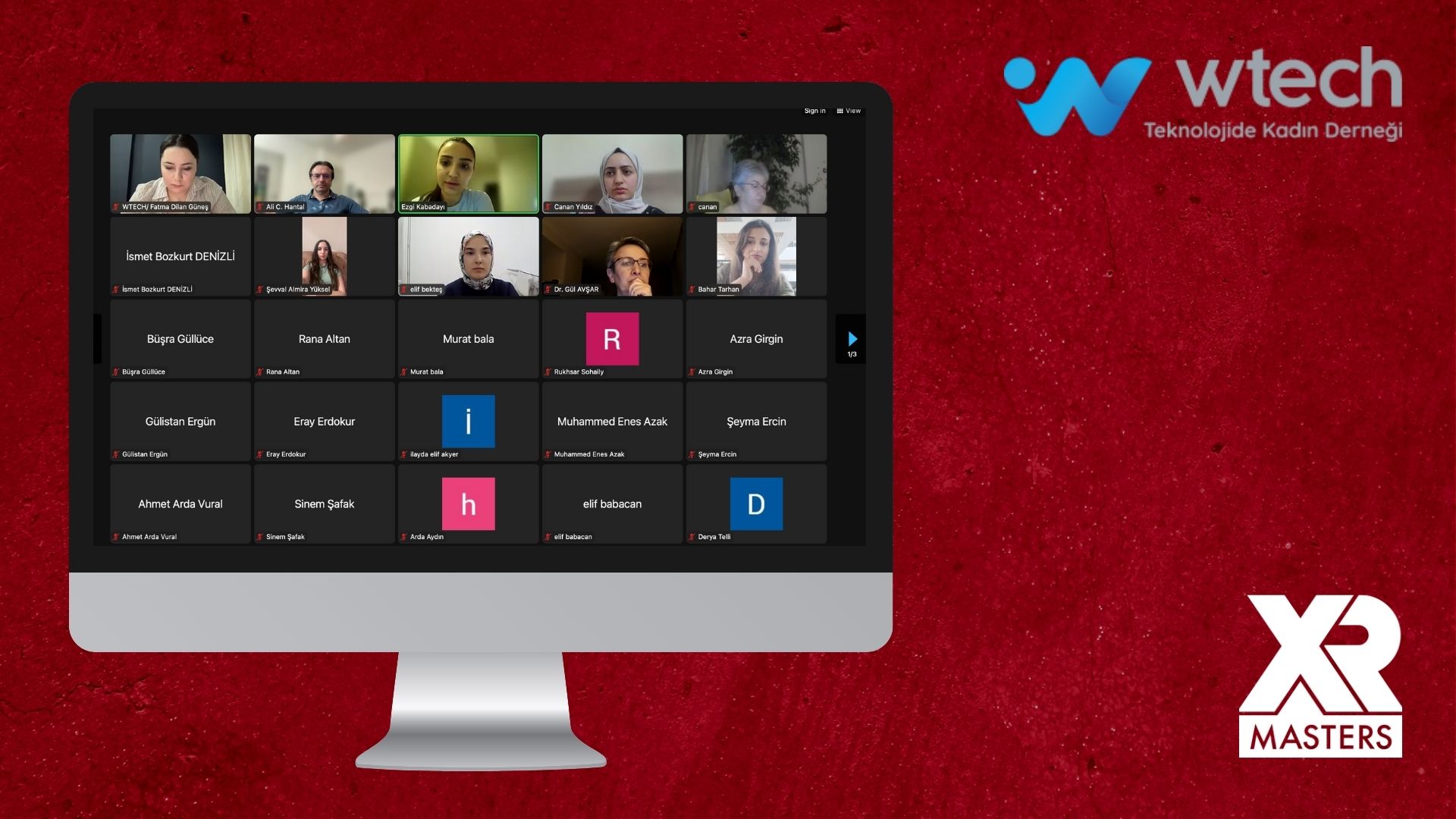Interview on BTHaber
Click here to view the full piece in Turkish on BTHaber.
Metaverse, or Multiverse?
Ali Cumhur Hantal, CEO of XR Masters, Test Bed Coordinator of the International Open AR Cloud (OARC) Association and founding member of Turkey’s first Metaverse Association, states that currently existing experiences should generally be called Multiverses as experiences belonging to different Metaverses rather than a ‘Metaverse’. For Multiverses to become a Metaverse, first of all, there must be a real Metaverse infrastructure and global standards and protocols must evolve. An international committee of 12 people, including Ali Cumhur Hantal, is working to develop these standards and protocols under the umbrella of the Open AR Cloud Association.
This new Metaverse era, which is defined as the future of the internet, education, tourism, culture, commerce and even human communication, will undoubtedly change a lot, in which people will interact and communicate with other people and three-dimensional objects in the three-dimensional beyond. However, instead of calling the currently existing experiences a ‘Metaverse’ experience in general, it would be more accurate to call them experiences belonging to different Metaverses or Multiverses.
We can compare today’s Metaverse applications to the intranet, which was the starting point of the internet in the past. After the concept of Metaverse was introduced, everything virtual or augmented began to be defined as Metaverse. Although there is no consensus yet, experts state that for an experience to be called a true Metaverse experience, it must first be experienced by more than one user simultaneously. In an AR cloud-based Metaverse, it will be possible to talk about a “Metaverse” instead of multiverses, thanks to the fact that an AR object placed on the real world can be displayed in another Metaverse in the same place and in the same way with the approval of the user.
Real World Metaverse = AR Cloud
Metaverse can currently be technically experienced in two different ways, one based on Virtual Reality and the other based on Augmented Reality Cloud. In the Virtual Reality-based universe, users enter fully simulated meta-universes through Virtual Reality glasses or two-dimensional screens. In Augmented Reality Cloud-based universes, also defined as Real World Metaverse, users can experience an experience where the real universe and the virtual universe are intertwined with Mobile Augmented Reality Cloud applications or Augmented Reality Cloud Headsets. They enter a universe that is fully integrated with the virtual environment, without breaking away from the real space they are in, and they can experience the virtual and the real simultaneously, interact with each other. They are able to establish meaningful relationships with real location-based, face-to-face contacts.
Metaverse standards are set by the organization that approves the Google Maps standards
For Multiverses to be a Metaverse and accessible to everyone, first of all, a Metaverse infrastructure must exist and global standards and protocols must evolve. Open Augmented Reality Cloud Association, which has been working for 2 years to create these standards and protocols, an international team of 12 people, including XR Masters CEO Ali Cumhur Hantal, working on together with more than 300 members of the association, to develop Metaverse standards and protocols. The standard developed by Open AR Cloud, which is authorized by the Open Geospatial Consortium, one of the top organizations in this field, which has made the standards used by Google in two-dimensional maps accepted all over the world, is currently in the approval phase. If this Geopose standard is one day used by all multiverses in existence, these multiverses will be interoperable and able to talk to each other. Thus, content in one Metaverse will be viewable in other Metaverses.
Democratizing structure with open source code
XR Masters team, which has signed many important projects in the field of software for more than twenty years and provides information technology strategies to global companies, has been doing R&D studies and software developments on Metaverse technologies for the last 7 years. The company is also among the top 500 companies to write apps for Microsoft Hololens, the world’s first mixed reality glasses. XR Masters, which was established in Silicon Valley in 2015 to develop Extended Reality solutions, today carries out its R&D and innovation studies with the world’s leading companies such as Microsoft, IBM and Ernst & Young.
Thanks to the Metaverse Content Management Platform developed by XR Masters, users can create permanent and shareable Augmented Reality Cloud experiences in Metaverse without the need for any coding knowledge. The Open AR Cloud Association, to which XR Masters made the first code donation, aims to democratize the Real World Metaverse with open source code. With this open source code, which is worked on by all leading universities, especially XR Masters and Open AR Cloud, MIT and Stanford, campuses have already begun to be scanned.
The aim is to add Turkey to the metaverse map
Aiming to scan the whole of Turkey and make a digital copy of it and add it to the Metaverse map, XR Masters plans to produce content about daily life in our country thanks to the technology it has developed, and to transfer the historical and cultural heritage to future generations through special platforms that can be provided in the new universe. With the agreement of Ankara Metropolitan Municipality, which uses XR Masters infrastructure, with the Open AR Cloud Association, the city of Ankara became the fourth test city of Open AR Cloud in the world, after Los Angeles, Bari and Helsinki.
XR Masters, which has the first Metaverse Content Management Platform using the Geopose standard developed by the Open AR Cloud Association, also licenses this technology to its corporate customers. Thanks to the XRM Metaverse Content Management Platform developed by XR Masters in accordance with this standard, Augmented Reality contents, unlike GPS-based experiences, can be precisely placed on both indoor and outdoor spaces and can be experienced permanently. Compatible with Apple and Android devices, the platform will soon support Karma Mixed Reality glasses such as Hololens, Magic Leap and NReal.
A career path full of innovations
Ali Cumhur Hantal is the founder of XR Masters, co-founder of OnSiteViewer, Senior Test Bed Coordinator of Open AR Cloud (OARC) Association, leader of Augmented World Expo (AWE) Nite Istanbul and member of World Turkish Business Council (DTİK) North America of DEİK Board member. Mezun.com, which was founded by a ‘serial entrepreneur and technology lover’ Hantal and his schoolmates while he was receiving his MBA education in the USA in 1999, has managed to become the one-stop point for those who want to learn about education and life in the USA in a very short time.
The company, which succeeded in creating the most reliable and reputable portal in the market by displaying Mezun.com as a source on the websites of many institutions, including the American Embassy, was selected as the fastest-growing company in the Baltimore-Washington DC Metropolitan Region in 2004. In the same year, it changed its name to Mezun Group. The Mezun Group was named “Fastest Growing Private Company” by Baltimore Economics Magazine in 2003 and was a finalist in Ernst & Young’s 2004 Entrepreneur Awards held in Maryland.
Ali Cumhur Hantal, who moved to Silicon Valley in 2013, met with Oculus’ first version Virtual Reality glasses in 2014 when it was not yet sold to Facebook. He experienced that the Virtual Reality technology, which he had tested before but required very expensive hardware, is now available to users at affordable prices and more easily. Thus, he founded XR Masters in 2015, focusing on XR technologies blended with Geographic Information Systems (GIS).
This young and dynamic company became one of the first companies to develop applications for Microsoft Hololens Mixed Reality glasses in 2016. In this way, he had the opportunity to work with the R&D teams of global companies such as Microsoft, IBM, Ernst & Young, Proctor & Gamble, Unilever, Turkcell, Koç Sistem and EnerjiSA.
The team, which has been developing its own Metaverse Content Management Platform since 2019, has developed the first and only Spatial Browser mobile application in the world that is compatible with Open Augmented Reality Cloud (Geopose) standards. Another investment of Hantal was OnSiteViewer, a company established in Norway that develops photo-realistic Metaverse technologies on 5G infrastructure.
After graduating from FMV Private Nişantaşı Işık High School in 1992, Ali Cumhur Hantal graduated from Boğaziçi University, Department of Business Administration and Management in 1997, and completed his MBA education at the University of Baltimore in 1999. Between 1999 and 2002, he taught at the University of Baltimore as a lecturer in the School of Administrative Sciences.




